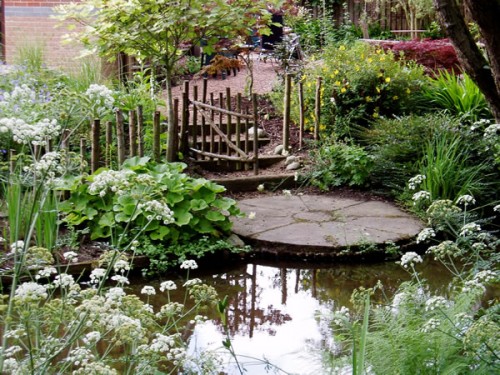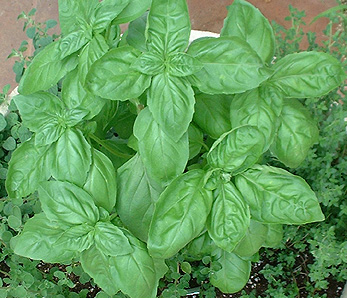Choosing blackberries and hybrid berries
These plants like to sprawl and ramble, so you'll need to control them by confining them in some way, such as training them up a wall or fence, or a series of wires. If you have a small garden or limited space, choose a less vigorous variety, or one without horns (or both). Hybrid berries are more suited to a smaller garden than blackberries, since they are generally less vigorous. Hybrid berries prefer a sunny sheltered site, but blackberries will thrive in most situations, tolerating some shade and even bad drainage. Plant the bushes in autumn or winter, and tie the canes to some form of support.
Recommended blackberries
• Ashton Cross — wiry-stemmed, bears a heavy crop.
• Bedford Giant — as its name suggests, this is vigorous and so is not suitable for a small garden.
• Black Satin — thornless variety propagated in the U.S.
• Fantasia — discovered on an allotment near London, thorny, vigorous, with very large fruits indeed.
• Helen — thornless, best choice for early fruit.
• Himalaya Giant — makes a superb windbreak, but only suitable for large gardens.
• Loch Ness — thornless, and a good performer in the garden.
• Merton Thornless — good for confined spaces, small yields, but needs very little maintenance.
• Oregon Thornless — reliable, thornless, with mild-flavored fruit.
• Waldo — thornless.
Hybrid berries
• Boysenberry — a cross between the loganberry, blackberry, and raspberry Thorned and thornless varieties are available. Fruits are long or oblong, and look more like raspberries although they taste more like wild blackberries. They ripen at the end of July.
• Dewberry — generally more popular in the US than in the UK, this is not a cross between other berries, but a distinct species on its own. The fruit tastes much better than it looks!
• Hildaberry — a new hybrid cross between a boysenberry and a tayberry, named after the plant breeder's wife. Not widely available except through specialist nursery catalogues.
• Japanese wineberry — This is a very ornamental plant with its arching stems covered with stiff red bristles. There's the added attraction of edible, seed-filled red berries.
• Loganberry — a straight cross between a raspberry and a blackberry This plant fruits mid-season, is very popular and more widely grown than other hybrid berry varieties.
Good grape-keeping
Water your vines regularly, as it is important to prevent drought stress. Drooping leaves are signs of thirst, so take action. Do not feed late in the season, as this encourages growth when energy should be placed into the fruit.
Pruning the vines
Once the main stem has reached the height you want, prune in winter to 2 buds of new growth. Cut back all the side shoots from the previous summer to one strong bud. As the vine matures, growth around these side shoots may become congested, so you may need to saw off these woody stubs. By early summer, you should see the flower trusses that will develop into bunches of grapes. Pinch out any weak trusses to concentrate the vine's energies on fewer, larger bunches.
Harvesting grapes
Examine your grapes for a slight translucence. This is a sign that they're mature. Fully ripe grapes have the best flavor, and you should taste before you pick to ensure sweetness.
It's important to avoid handling the ripe or ripening fruits, as dial are easily damaged.
Bountiful blackberries
ONE OF MY BEST CHILDHOOD MEMORIES is picking wild blackberries from the hedgerows and other wild patches of land. Even in cities, blackberries will grow wild along railway embankments and in other areas of neglected land. Cultivated blackberries are altogether more luscious, and well worth growing for apple and blackberry pie and bramble jelly
I'd put the other hybrid berries into the same category of deliciousness, the most popular of which is the loganberry. This is a cross between the blackberry and the raspberry, with fruit characteristics in between the two. The main difference is that hybrid berries have perennial canes, unlike the raspberry's annual stem.
You can visit this
flower guide for more information about this article.












